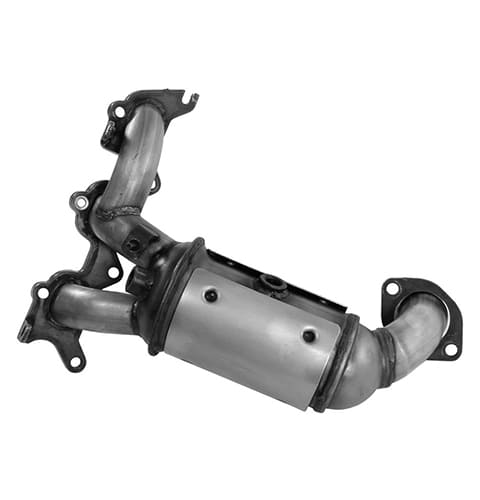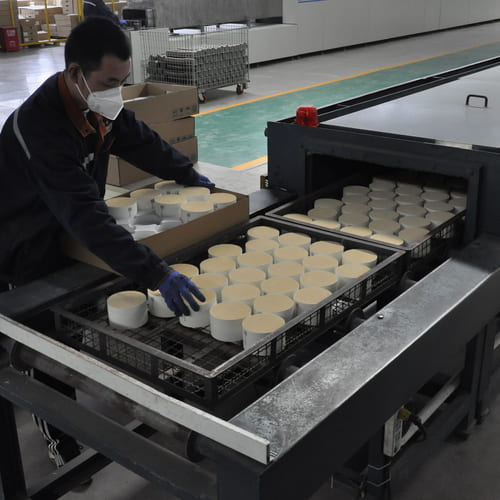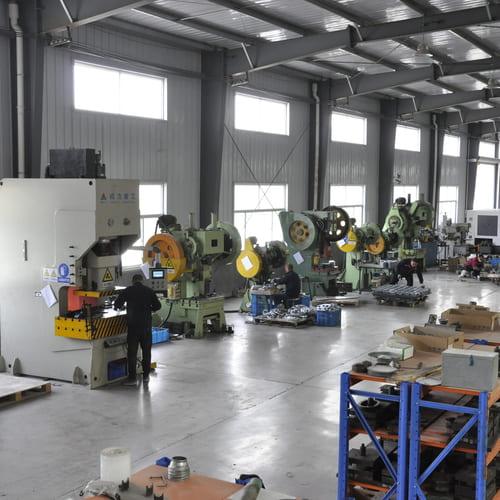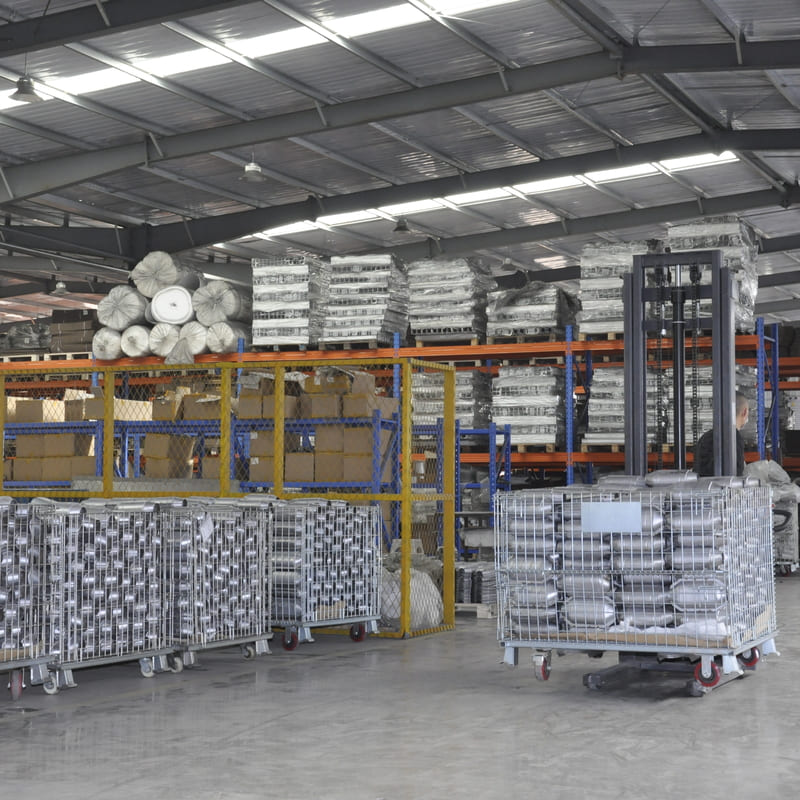Are you struggling to understand the intricacies of catalytic converter warranties? Do your clients often question the validity of their warranty claims? Navigating the warranty landscape for replacement catalytic converters can be daunting. This guide aims to demystify the process, ensuring you can confidently address your clients’ concerns and uphold the integrity of your service offerings.

What is a Catalytic Converter Warranty?
A catalytic converter warranty ensures that the product meets specific performance and durability standards over a designated period. For B2B clients, understanding this warranty is crucial, as it directly impacts their operational efficiency and financial stability. Typically, warranties cover manufacturing defects, but they may also include provisions for premature failure due to specific causes.
The warranty for catalytic converters generally spans 2 to 8 years or 20,000 to 80,000 miles, whichever comes first. This duration varies based on the manufacturer and the product’s intended use. For B2B clients, knowing the exact terms and conditions can help in planning maintenance schedules and managing replacement costs effectively.

What Do Catalytic Converter Warranties Cover?
1. Manufacturing Defects
Manufacturing defects are usually covered comprehensively. These include issues like improper welding, material defects, or incorrect assembly. If the converter fails due to these reasons, the manufacturer is obliged to replace or repair it at no cost.
2. Premature Failures
Failures occurring prematurely, not due to misuse or external factors, are also typically covered. This includes situations where the converter fails to meet emissions standards well before the end of its expected life span.
3. Performance Guarantees
Some warranties include performance guarantees, ensuring the converter will meet specific emissions reduction standards. If it fails to do so, the manufacturer will replace it.

What Is Not Covered?
Understanding what is not covered under the warranty is equally important. Misuse, accidents, improper installation, or using the vehicle for purposes outside its intended use usually void the warranty. Additionally, failures caused by other engine components or improper maintenance are often excluded.
How to File a Warranty Claim?
Filing a warranty claim can be straightforward if you follow these steps:
1. Documentation
Ensure all installation and maintenance records are meticulously kept. These documents prove that the catalytic converter was installed and maintained correctly, crucial for validating the claim.
2. Diagnosis
Before filing a claim, have the vehicle diagnosed by a certified technician to confirm that the failure is due to a defect covered by the warranty.
3. Contact the Manufacturer
Reach out to the manufacturer or the authorized dealer to initiate the claim process. Provide all necessary documentation and be prepared for them to request an inspection.
4. Follow Up
After filing the claim, follow up regularly to ensure the process is moving forward. Stay in touch with the manufacturer or dealer until the issue is resolved.

Best Practices for B2B Clients
1. Educate Your Team
Ensure that your staff is well-versed in the warranty terms and conditions. Regular training sessions can help them handle warranty-related queries more effectively.
2. Maintain Comprehensive Records
Keep detailed records of all installations, maintenance, and any issues encountered. This can be invaluable when filing a warranty claim.
3. Partner with Reliable Suppliers
Work with reputable suppliers who offer robust warranties and excellent customer support. This reduces the likelihood of disputes and ensures you can provide the best service to your clients.

Conclusion
Navigating the complexities of catalytic converter warranties can be challenging. However, by understanding the terms and conditions, maintaining thorough records, and working with reliable suppliers, B2B clients can effectively manage warranty claims and ensure their operations run smoothly. A clear warranty policy not only enhances client trust but also safeguards your business against unexpected costs and downtime.


